This feature was taken from our comprehensive Guide to Running an Electric Fleet. Click here to read the full special report.
One of the often complex issues facing organisations when taking on electric vehicles is how they fairly reimburse drivers for business mileage.
If the vehicle returns to base overnight where it is charged at the organisation’s expense, then mileage reimbursement is not an issue: the employer has already paid for the electricity.
But if the vehicle has to be charged at the driver’s home or on the public charging network, then the issue can become complicated.
On the face of it, the simplest way is to use the Government’s advisory electricity rate (AER). This works in the same way as the long-established advisory fuel rates (AFRs) for petrol and diesel cars in that a fixed sum per mile is paid depending on the vehicle.
But this is a blunt instrument to solve a complex issue and is likely to leave employees out of pocket.
The AFRs may work well for petrol and diesel vehicles as the variance in the price of fuel is generally quite small – motorway services aside – but this is not the case for BEVs, as the cost of charging on a rapid point can be more than double that of plugging in at home.
In most cases, using the AER will also leave employees out of pocket. For example, if a BEV has an efficiency of three miles per kWh, a home tariff of 35p/kWh means the driver will be paying a fuel cost of 11pm, effectively penalising drivers for using a BEV for business mileage.
Using a public rapid charger can currently cost up to 89p/kWh.
The difficulty of reimbursing drivers a fair amount for business miles is recognised across the fleet sector.
A Fleet News poll earlier this year found 74% of respondents believe the AER should be 10ppm or more, with 20% saying it should be 15ppm.
Industry bodies such as the Association of Fleet Professionals and BVRLA have called for HMRC to increase the rate.
This has seen the Government make changes earlier this year to the way AER is calculated to better reflect current electricity prices.
When the AER was originally introduced in 2018, it was based on an annual electricity cost figure published by the Department for Business, Energy & Industrial Strategy (BEIS) and the annual electrical energy consumption values for a representative bundle of cars provided by the Department for Transport (DfT).
HMRC will continue to use the BEIS and DfT data but will now incorporate figures published in the Office for National Statistics (ONS) quarterly index for domestic electricity, a figure which forms part of the Consumer Price Index, when it reviews the AER quarterly.
HMRC says this methodology provides more up-to-date guide to calculate the amount an employee should be reimbursed.
However, while the change may make a difference in the long run, some fleet experts feel it could be up to 18 months before the AER becomes a fair rate.
In this linked article, tax expert Harvey Perkins, director of HRUX, looks at the issue in detail.
Make a more accurate reimbursement
Until then, there are a number of methods in which fleets can calculate and reimburse drivers with a more accurate mileage rate.
Firstly, with the approval of HMRC, an organisation can pay drivers a higher rate without any tax implications as long as it can provide evidence that the rate paid is reflective of the true cost.
National Grid takes a different approach. The utility company reviews its mileage reimbursement rates every month and bases them on the RAC Charge Watch average price for using ultra-rapid chargers. Its current rate is 12ppm.
The organisation’s BEV driver submit their mileage expenses as usual, and these are reimbursed at the AER of 9ppm.
A monthly mileage report for each employee then allows the additional 3ppm to be paid via its payroll system against a new wage code created for the EV mileage payment, which is subject to income tax and national insurance.
Another way is to reimburse drivers with the true cost of the electricity used, and this involves calculating the miles claimed, the amount of electricity used and the cost of that electricity.
Drivers are usually expected to include a VAT receipt to support their expense claims, and although this can mean a copy of a domestic electricity bill if they are charging at home, the process is much more complicated if they use a public rapid charge point.
Following a Government mandate, drivers do not need a multitude of apps or RFID cards to use them, but are usually able to pay for the charge through contactless payment.
However, VAT receipts are not available from the charge point, instead the driver has to obtain them through a complicated process which involves phoning or emailing the operator with details of their charge session to get one.
One drawback of taking any of these approaches is that they require the use of internal resources to administer and this may not be feasible for many organisations.
Instead they often use the services of third-party specialists such as TMC or Mina to ensure drivers are reimbursed at the current level.
Mina’s Homecharge product, for example, works by linking the data from a driver’s home charger with their energy supplier and account number.
It pays for the electricity used for charging and then, after a driver supplies information on their personal/business mileage split to their Mina account each month, it provides a payroll report to the employer.
The employer can then claim back any personal mileage through the next payroll, meaning the driver is never out of pocket as they don’t pay the costs upfront, while organisations do not overpay for the cost of charging.
Public charging membership schemes
If drivers use public charge points regularly, then it is worth considering some of the fleet-specific membership schemes.
Some provide subscriptions which unlock lower charging fees, while many offer specific programmes aimed at helping fleet operators simplify their transition to EVs, as well as their processes when running them.
There are also companies which offer an experience similar to that of the fuel cards traditionally available for petrol and diesel vehicles, which allow drivers to use charge points from multiple operators.
For example, Allstar, a titan of the traditional fuel card market, offers Allstar One Electric, which gives access to a multi-brand network of more than 10,000 charge points, including those operated by Gridserve, Mer, GeniePoint and Osprey, while a new entry to the sector is Paua.
Founded in 2020, this now has contracts that enable more than 23,000 charge points to be accessible through a single app and EV charge card, with brands on its network including Osprey, Fastned, Connected Kerb and Ionity.
Other networks include Electric Juice, BP Fuel & Charge, and Shell Recharge Solutions.
A Guide to Fleet Electrification: a special digital report.
Fleet News has published a digital report offering advice to any business taking those first steps into the world of electric vehicles, while laying out the challenges to those yet to start their transition.
Companies operating fleets of cars and vans have less than seven years until they will no longer be able to buy full petrol and diesel vehicles.
For many, that means a maximum of two replacement cycles.
Yet a large proportion have not started to consider the implications for their businesses; some have no plans to look at electric vehicle scenarios until close to the 2030 deadline, according to Fleet News surveys.
A few still believe the Government will soften its stance and push back the deadline due to the current supply delays.
These businesses are playing a high-risk strategy: transitioning to electric is rarely straightforward.
Among the many considerations are the installation of workplace charging infrastructure, reimbursement policies and the possible reworking of daily workflows and journey plans to accommodate vehicles, particularly light commercial vehicles, with less range.
The Fleet News Guide to Running an Electric Fleet will help companies to take those first steps, offering advice to speed up and simplify the process.
It also details the electric vehicles coming soon from Audi, BMW, Cupra, Ford, Kia, Hyundai, Peugeot, Polestar, Tesla, Vauxhall, Volvo and Volkswagen.
Report sponsors Allstar, ATS Euromaster, Europcar, Northgate Vehicle Hire, Zenith and Webfleet also offer their advice for a smooth and speedy transition.
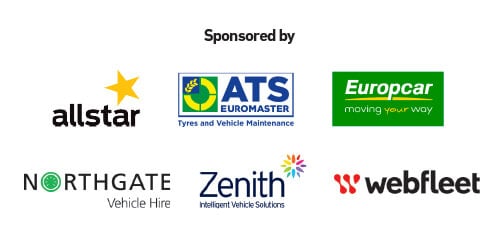



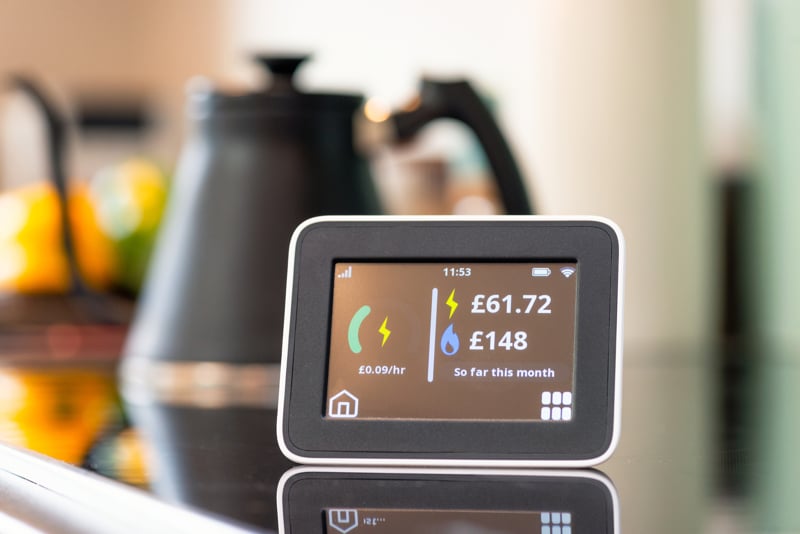

















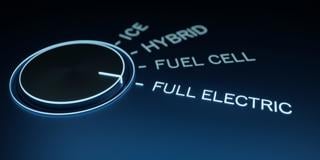
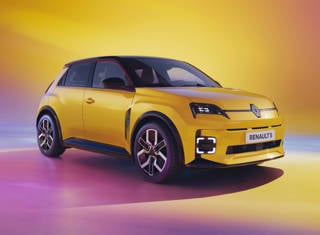
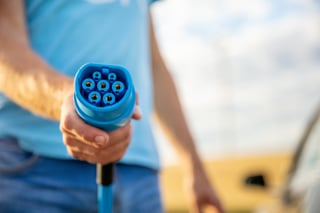
Login to comment
Comments
No comments have been made yet.